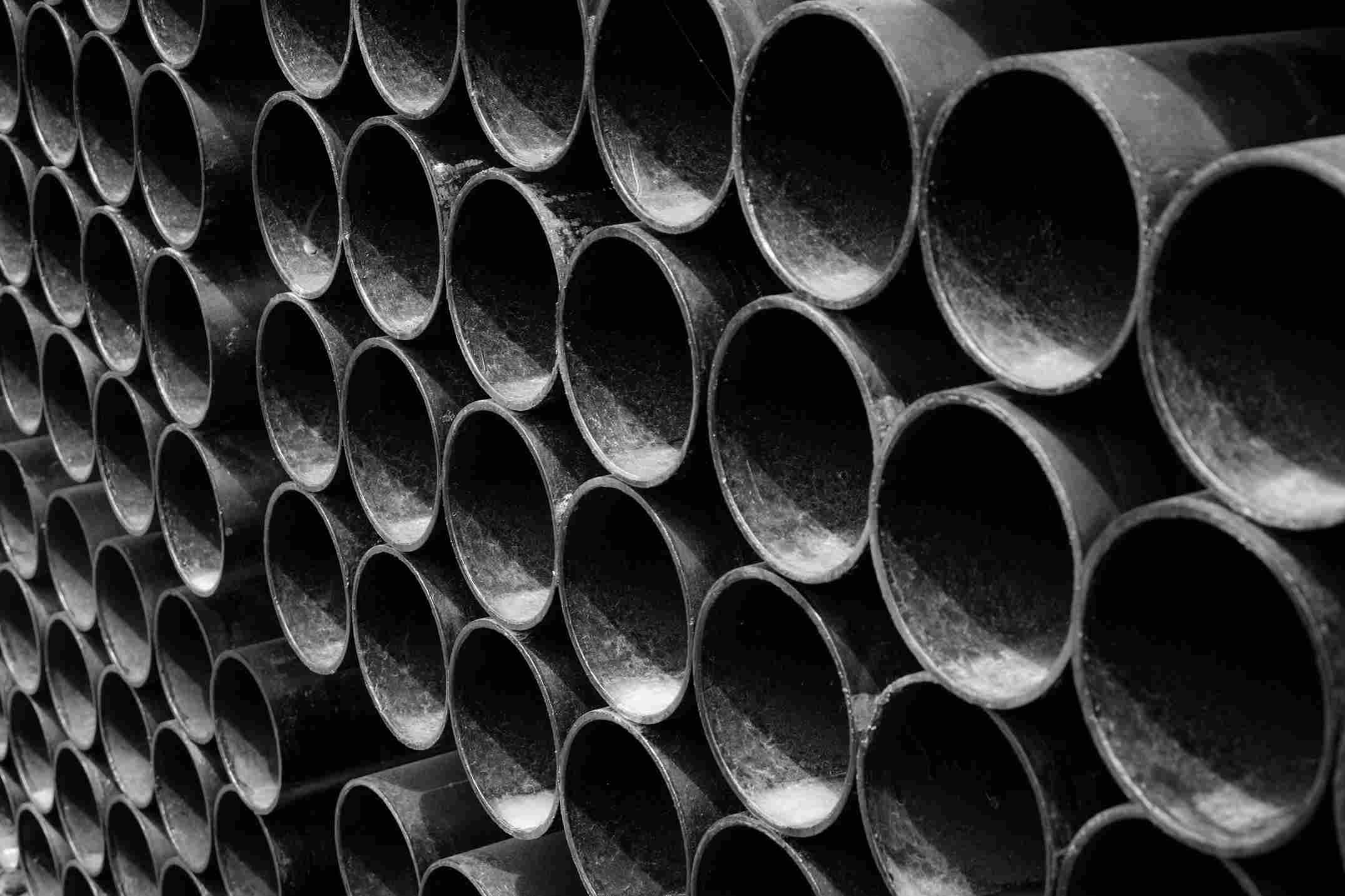
In the industrial sector, maintaining the integrity and longevity of piping systems is crucial. Internally coated steel pipes are commonly used for their durability and resistance to corrosion. However, to further enhance their performance and protect against external and internal threats, pipe sleeves and insert sleeves are essential. These components not only safeguard the pipes from damage and corrosion but also reinforce their structural integrity, ensuring reliable operation in demanding environments.
Understanding Pipe Sleeves
Let’s get started with some basic introductions to the pipe sleeves.
Definition and Functionality
Pipe sleeves are cylindrical materials typically made from durable metals or polymers, designed to encase sections of pipes for protection against corrosion, mechanical damage, and environmental elements. They act as a barrier, shielding the underlying steel pipe from external factors that could compromise its structural integrity over time.
Types of Pipe Sleeves
1. Composite Pipe Sleeves
Composite sleeves integrate multiple layers of materials such as fiberglass, epoxy, or polymer coatings, providing enhanced resistance against corrosive substances and mechanical stress.
2. Steel Pipe Sleeves
Manufactured from robust steel alloys, these sleeves are widely employed in heavy-duty applications where strength and durability are paramount. They offer superior protection against abrasion and impact.
3. Polymer Pipe Sleeves
Polymer-based sleeves, including HDPE (High-Density Polyethylene) or PVC (Polyvinyl Chloride), are favored for their lightweight properties and corrosion resistance, making them ideal for diverse industrial settings.
Insert Sleeves: Enhancing Structural Integrity
Purpose and Advantages
Insert sleeves are specifically engineered to reinforce internally coated steel pipes, safeguarding against wear and tear caused by friction, pressure fluctuations, and abrasive substances within the pipeline. By providing an additional layer of protection, insert sleeves extend the operational lifespan of pipelines, reducing maintenance costs and downtime.
Material Composition
Insert sleeves are commonly crafted from high-strength materials such as stainless steel, carbon steel, or specialized alloys, selected based on the specific operational requirements and environmental conditions of the pipeline system.
Installation Process
The installation of insert sleeves involves meticulous preparation and adherence to industry standards, ensuring a seamless integration that enhances the structural integrity of the steel pipe. Proper alignment and secure fastening are critical to achieving optimal performance and longevity.
Additionally, we suggest reading out “Pipe Sleeve / Insert Sleeve for Internally Coated Steel Pipe.”
Applications Across Industries
Oil and Gas Sector
In the oil and gas industry, where pipelines are subjected to harsh conditions including high pressures and corrosive fluids, the use of pipe sleeves and insert sleeves is indispensable. These components mitigate the risk of leaks and structural failures, ensuring uninterrupted operations and compliance with stringent safety regulations.
Water Treatment Facilities
Municipal water treatment facilities rely on internally coated steel pipes reinforced with sleeves to maintain water quality and distribution efficiency. Insert sleeves prevent contamination and minimize the need for frequent maintenance, optimizing operational reliability.
Conclusion
In conclusion, the strategic implementation of pipe sleeves and insert sleeves for internally coated steel pipes is pivotal in safeguarding infrastructure investments and enhancing operational efficiency across various industrial sectors. By understanding their unique functionalities, material compositions, and installation processes, stakeholders can make informed decisions that promote sustainability and long-term reliability of pipeline systems.
By prioritizing quality materials, precise installation techniques, and adherence to industry standards, organizations can effectively mitigate risks associated with corrosion and mechanical damage, thereby ensuring the longevity and optimal performance of their pipeline networks.
For more information on how pipe sleeves and insert sleeves can benefit your specific application, contact us today to speak with one of our industry experts.
Check out some of our recent insightful blogs:
- What is Butt Joint: Techniques and Applications in Welding
- Revolutionize Pipeline Construction: Faster, Safer, Lower-Risk with Internally Coated Sleeves
- PVC vs. HDPE Pipe: Choosing the Right Material for Your Needs
- Pipeline Management Trends: Innovation for a Sustainable Future
- Technological Compliance in Pipeline Development – All You Need to Know
- Enhancing Pipeline Integrity with FlexSleeve Technology – Case Study
- FlexSleeve: A Comprehensive Guide to Next-Generation Pipeline Protection